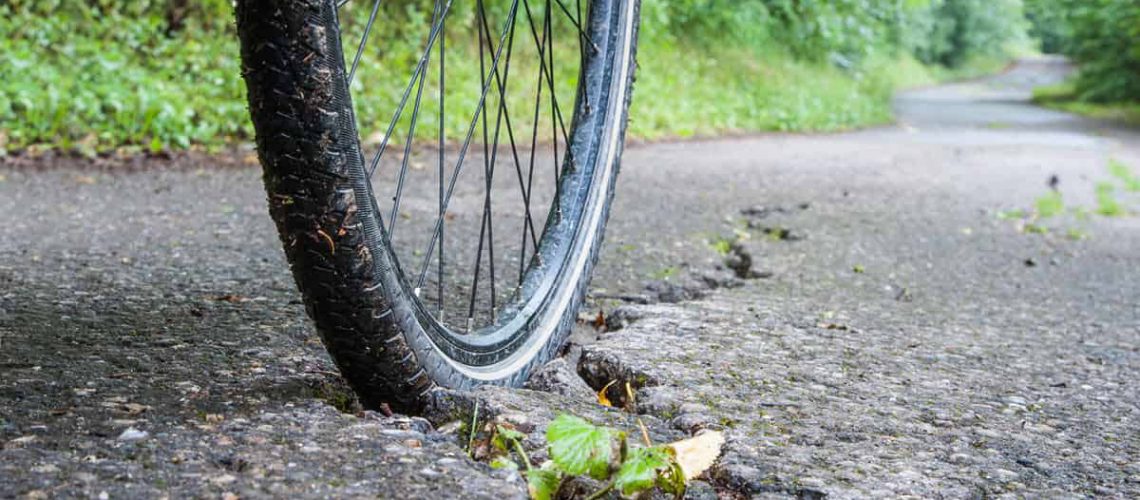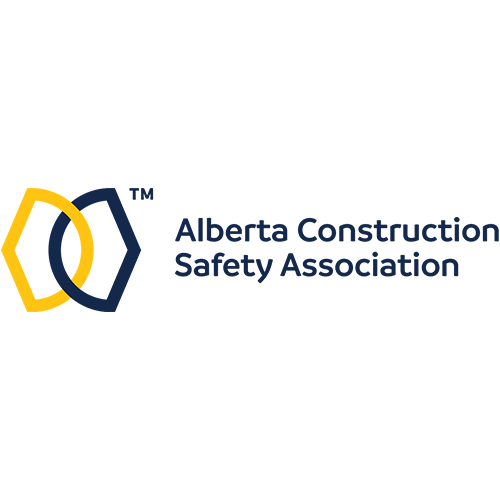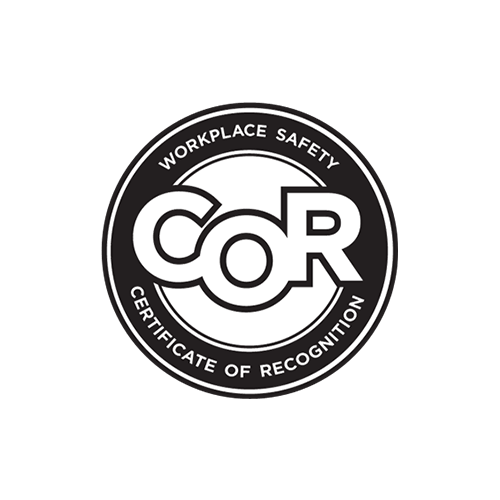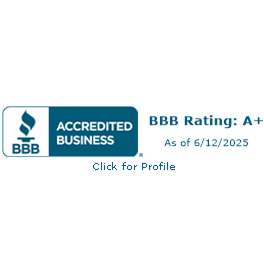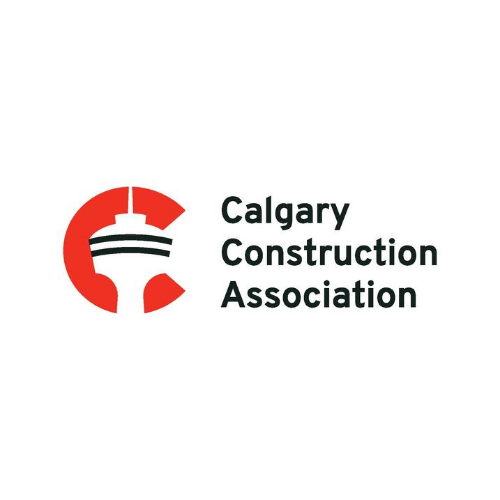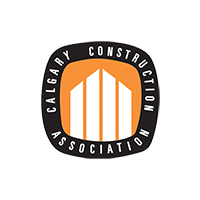From parking lots, driveways, roadways and pathways; asphalt is everywhere. If you are a homeowner, property manager, or even a driver, chances are you’ve seen and experienced asphalt failures like potholes, ruts or snake-like ripples.
Here is a list of the most common asphalt pavement failures. With this knowledge in hand, you’ll be able to identify potential problems early on and take the necessary steps to prevent them from getting worse.
1. Cracking
One of the most common asphalt pavement issues is cracking. Cracks can occur for various reasons, including overloading, poor drainage and environmental factors. They can also be caused by settlement or movement of the underlying soil.
If left unrepaired, cracks allow water beneath the asphalt surface and cause the base structure to lose compaction (usually gravel). In time, the cracks will get bigger and cause more problems.
You can prevent cracking by seal coating your asphalt every few years. The seal coat will create a barrier to environmental factors. Cracks that measure between 1/4 inch to 1 inch are repairable and should be addressed immediately by an asphalt professional.
2. Potholes
Potholes are another common problem that can be particularly damaging to vehicles. Potholes form when water seeps into cracks in the pavement and then freezes, which expands and weakens the asphalt. They can also be caused by a weak or failing asphalt base, deterioration on the surface or poor asphalt mix.
Avoid the risk of forming potholes by patching any cracks or divots that form as soon as possible and having your driveway or parking lot seal-coated every few years. For asphalt depressions, pooling areas of water and persistent areas, an asphalt professional should provide a full assessment to identify root causes.
3. Raveling
Raveling is when the surface of the asphalt begins to break down and crumble. It’s usually caused by poor quality asphalt, inadequate compaction during construction, or water damage. Raveling can also be accelerated by traffic, particularly heavy trucks.
Raveling can be prevented by using a sealer. However, if you do experience ravelling, you’ll need to have the damaged areas repaired as soon as possible to avoid more severe asphalt failures.
4. Edge Damage
Last but not least, edge damage is a common issue caused by a lack of support at the asphalt edges. This damage can be due to erosion, an improperly compacted base or no base at all. Edge cracking can be accelerated by heavy traffic or regular traffic driving over the edge of the pavement, which can cause cracking, travelling, and eventual failure.
Edge cracking can be treated by crack filling, but if the problem persists, you should contact an asphalt professional to assess the root causes and reconstruct the asphalt base.
Final Thoughts
If you want to keep your asphalt pavement in good condition for years to come, it’s important to be on the lookout for common problems. With this knowledge in hand, you’ll be able to take action quickly and prevent minor issues from turning into major ones.
If you have any experience with common asphalt pavement issues, you may reach out to Holloway Paving for the solution. From potholes to cracks, they know how to fix it all! Holloway Paving is a full-service asphalt paving company serving Calgary and the surrounding areas. Contact Holloway Paving today for a free quote!


